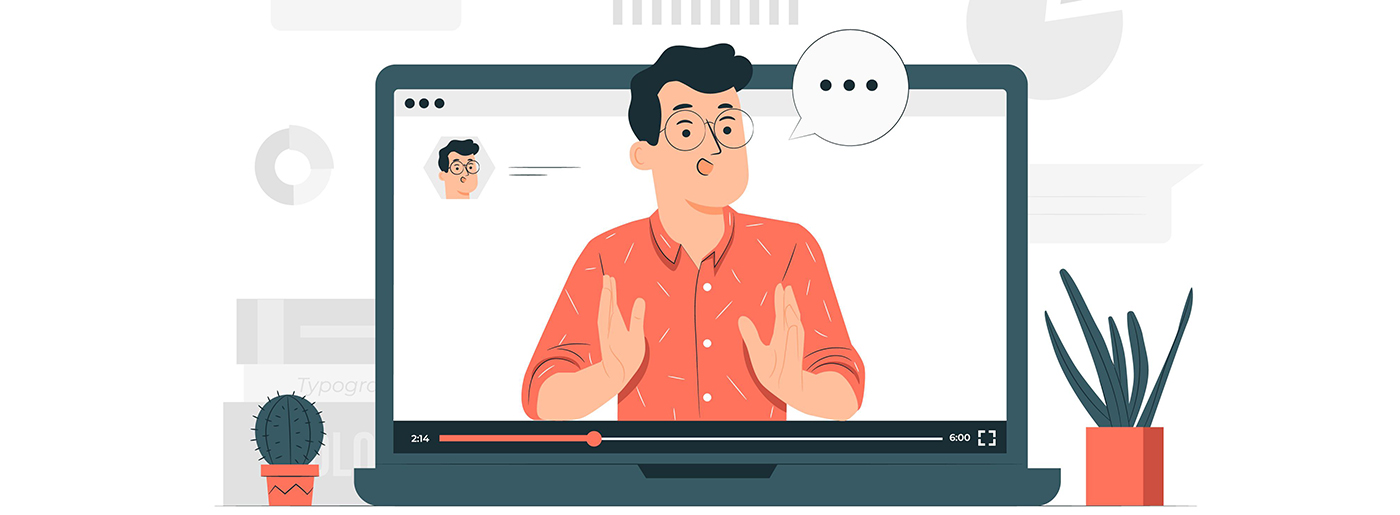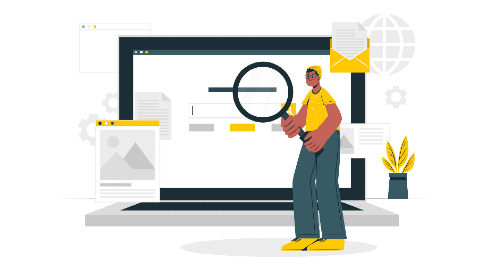Education Establishments Need To Help Students as Data Breaches Increase
Unlike several other industries, education has actually adapted well to the digital era. Students from education establishments worldwide can easily earn a degree by attending virtual lectures and submitting work through online portals. Teachers are sending schoolwork to their students via email and holding online classes on virtual conference platforms. And while this trend towards online education has been ongoing for several years, it’s only been amplified due to the unique circumstances that 2020 has brought us. But has there been adequate thought given to protecting the private information of both students and teachers?
This article will discuss why the websites schools and educational establishments are especially vulnerable to cybercrimes and how they can keep their students and staff safe. We will also touch on some of the more recent cybersecurity trends and describe some real-life scenarios in which a cybercriminal can use compromised data.
Why Are Education Establishments Vulnerable to Hacking?
Cyberattacks against educational institutions have increased drastically this year due to the particularly large amount of sensitive data they store and the fact that hackers have become emboldened due to the chaos from the pandemic.
Personal Information
Personal information such as social security numbers, payment details, grades, disciplinary actions, medical files, and other sensitive information are routinely held on schools’ IT systems and can be used against the institution if it falls into the hands of a cybercriminal. Identity theft, social engineering, harassment, theft, blackmail, and extortion are all examples of cybercrimes that educational institutions face on a near-daily basis.
One reason that schools are more vulnerable than other institutions to hacking is budgetary reasons. Major corporations have the money to invest in the best cybersecurity protections, from the state of the art software to a team of employed IT experts on site.
For example, many companies have prioritized securing their applications from potentially expensive hacks by investing in Dynamic Application Security Testing (DAST) programs, which constantly scans and evaluates applications for vulnerabilities while the applications are running. Unfortunately, public schools do not have this kind of funding to invest in these kinds of programs, which means that confidential data is often stored and shared in insecure environments.
Schools Vulnerable to Hacking
The fact that schools and their students have increased in online vulnerability has not gone unnoticed by hackers. The sudden switch to online learning meant that schools were forced to close and move all their classes online with very little preparation. Many classes and lectures are being held on conference platforms such as Zoom, which have suffered their fair share of cyberattacks over recent months as the pandemic swept across the world.
Even when security experts and the FBI inform them that they are likely to be targeted by cybercriminals, many schools are not acting on these warnings and protecting themselves accordingly due to such reasons as a low budget. These limitations expose them and leave them inherently more vulnerable.
Phishing Attacks
The most common type of threats facing educational establishments and schools are ransomware and phishing attacks. Hackers target their victims using malicious emails to infect or shut down operating data systems unless a specific amount of money (a ransom) is paid.
Establishments that are not able or willing to pay the ransom amount risk having their sensitive data sold and distributed on the dark web, putting vulnerable people at risk of further cyberattacks and fraud.
How Can We Protect Education Establishments from Hackers?
Through it all, the good news is that there are many steps schools and educational institutions can take to mitigate the risk of cyberattacks for the upcoming year and beyond.
Payment Systems in the Education Establishments
One of the most fundamental problems that educational institutions face is that the payment systems they use for handling tuition and process payments do not come certified by the Payment Card Industry Data Security Standards (PCI-DSS).
Any online payment system a school uses should come PCI-certified at the bare minimum to ensure the security of online transactions, meaning that all financial data will be encrypted and routinely tested for vulnerabilities. Furthermore, financial data should only be shared on a need-to-know basis, with only authorized users who have a unique ID (which must be independently verified before accessing) allowed to access the data.
Cybersecurity Practices of Education Establishments
Another major issue is that many staff and students are not aware of basic cybersecurity practices. Those who aren’t ‘cyber aware’ are most often the most compromised, so educating staff and students about cybersecurity can play a huge role in protecting them from more common cyberattacks at the bare minimum.
Part of this education can include setting basic cybersecurity requirements that all students and staff must be expected to follow. An example of such a policy would be to mandate that all students and staff hide their IP addresses and encrypt their information when working on school-related tasks with a Virtual Private Network or VPN. Using a VPN is a highly effective strategy for staff and students when using digital devices for both workings remotely and when connecting to the school’s network. Many quality VPNs are also offered at no cost to the user, which means that there’s really no excuse for students not to use them.
Taking this concept further, many schools have initiatives such as ‘cybersecurity week’ where different aspects of online safety are discussed. Instilling online safety habits such as creating complex and multiple passwords, enabling two-step verification, installing firewall protectors, or using fingerprint or facial recognition scans as an alternative for login credentials can significantly lower the chances of schools, staff, and students falling victim to cyber-attacks and data breaches.
Conclusion
With thousands of students and staff using online devices every day, cybercriminals target education establishments that sit on treasure troves of data with limited cybersecurity resources. From stealing money to impersonating students and staff online or even engaging in ransomware, schools are among the most vulnerable organizations to become targets for hackers.
The good news is, much of the risk can be mitigated with proper education in cybersecurity and good online safety practices. With good habits and heightened awareness, schools can do much to prevent their confidential information from falling into the hands of a hacker.





Leave a Reply